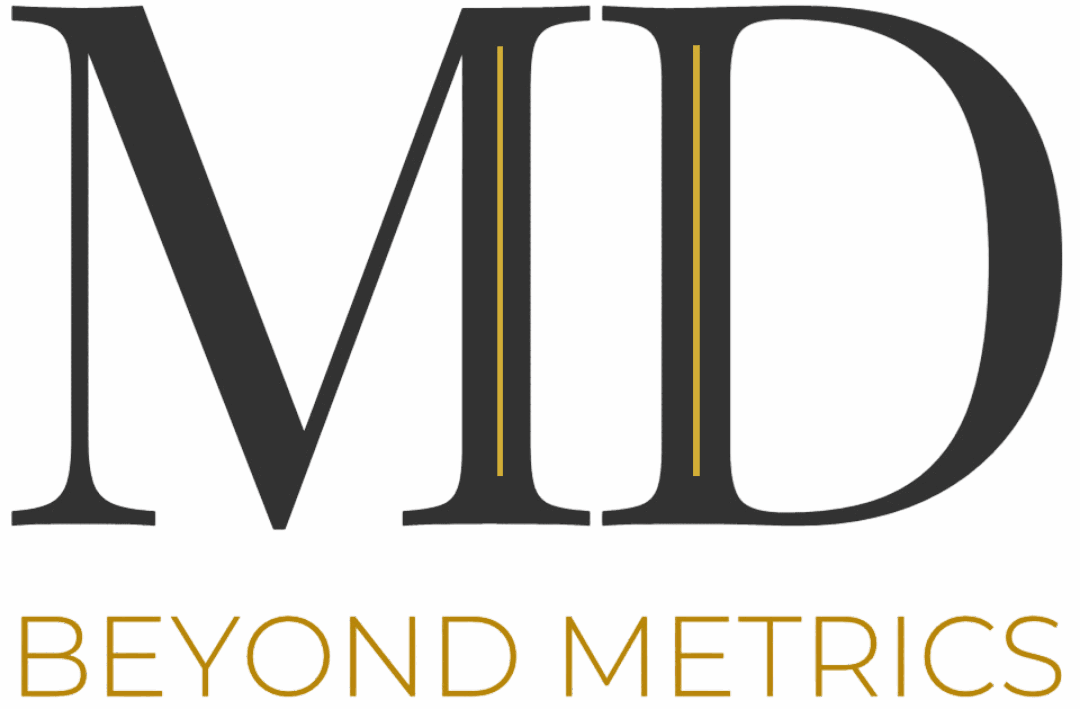Understanding the Importance of Well-Designed Questionnaires in Marketing Research
Crafting a high-quality questionnaire is fundamental for reliable market insights. A well-structured survey transforms raw responses into strategic information, guiding decision-making and marketing strategies. Without an organized approach, data collection becomes chaotic, risking inaccurate insights and misguided actions.

Defining Your Research Goals
Why Clarifying Objectives Matters
Before designing your questionnaire, pinpoint the core purpose of your market research. Clear objectives—whether understanding customer satisfaction, brand perception, or product preferences—shape your questions and ensure focused data collection.
Aligning Questions with Business Goals
- Identify key insights needed for strategic decisions
- Ensure questions are tailored to your target audience
- Focus on areas that impact your marketing or product development
Types of Questions and Their Uses
Structured Questions
These questions rely on fixed response options. They enable quick, comparable data collection and are ideal for quantitative analysis.
- Multiple-choice questions
- Likert scale ratings
- Rankings
Semi-Structured Questions
Combine fixed responses with open-ended prompts. They offer both quantifiable data and qualitative insights.
- For example, rating satisfaction and providing explanations
- Useful for exploring specific topics in depth
Open-Ended Questions
These allow respondents to express thoughts freely. They uncover unanticipated insights but require more effort to analyze.
Key Principles for Effective Questionnaire Design
- Clarity and Simplicity: Use straightforward language. Avoid jargon or ambiguity.
- Logical Flow: Organize questions in a sequence that feels natural and easy to follow, starting from broad to specific.
- Conciseness: Keep questions brief and focused. Avoid overload and fatigue.
- Neutral Wording: Prevent bias by phrasing questions objectively.
- Response Options: Offer comprehensive choices, including a neutral or “not sure” option where appropriate.
Ensuring Standardization and Consistency
Consistency across respondents is vital. Use the same question format and wording to allow accurate comparison. For large surveys, employ a standardized approach, such as a uniform Likert scale, to streamline processing.
Designing for Data Processing and Analysis
Anticipate how responses will be handled. Incorporate coding schemes for qualitative answers. Use digital tools or spreadsheets to organize data beforehand. This preparation accelerates analysis and enhances accuracy.
Industry-Specific Examples of Market Research Questionnaires
Retail Sector
- “How often do you shop at our store?”
- “Rate your satisfaction with our product selection.”
- Open comment: “What improvements would you like to see?”
Technology Industry
- “Which features do you value most in a smartphone?”
- “On a scale of 1-10, how likely are you to recommend our app?”
- Open comment: “Any additional feedback?”
Healthcare Sector
- “How would you rate your recent experience with our clinic?”
- “Did our staff meet your expectations?”
- Open comment: “Suggestions for improvement?”
Steps to Develop Your Marketing Research Questionnaire – A Practical Recipe
| Step | Action | Example |
|---|---|---|
| 1 | Define objectives | Understand customer loyalty drivers |
| 2 | Identify target audience | Existing customers aged 25-45 |
| 3 | Choose question types | Likert scales + open comments |
| 4 | Draft questions | On a scale of 1-5, how satisfied are you? |
| 5 | Pre-test questionnaire | Test with a small group for clarity |
| 6 | Distribute and collect responses | Online survey via email |
| 7 | Analyze data | Use tools like Excel or specialized software |
Use this step-by-step approach to create questionnaires that yield actionable insights.
Explore our referral and word-of-mouth marketing strategies to further boost your market reach.
Interested in streamlining data collection? Discover how our automated Excel reporting tools can save you time and improve accuracy.
Final Notes
Great questionnaires are a blend of clear purpose, thoughtful question design, and strategic planning for data analysis. They unlock valuable insights that can transform your marketing approach. Keep testing, refining, and aligning questions with your evolving objectives.
For comprehensive resources and templates, visit our business planning tools and marketing plan templates.






























